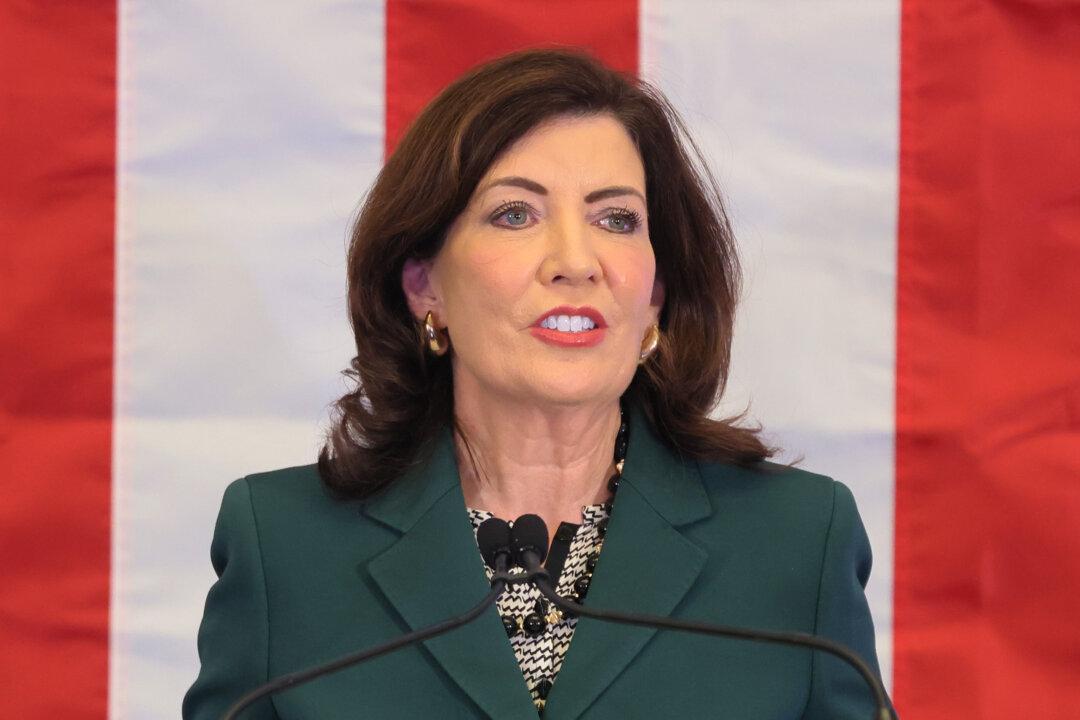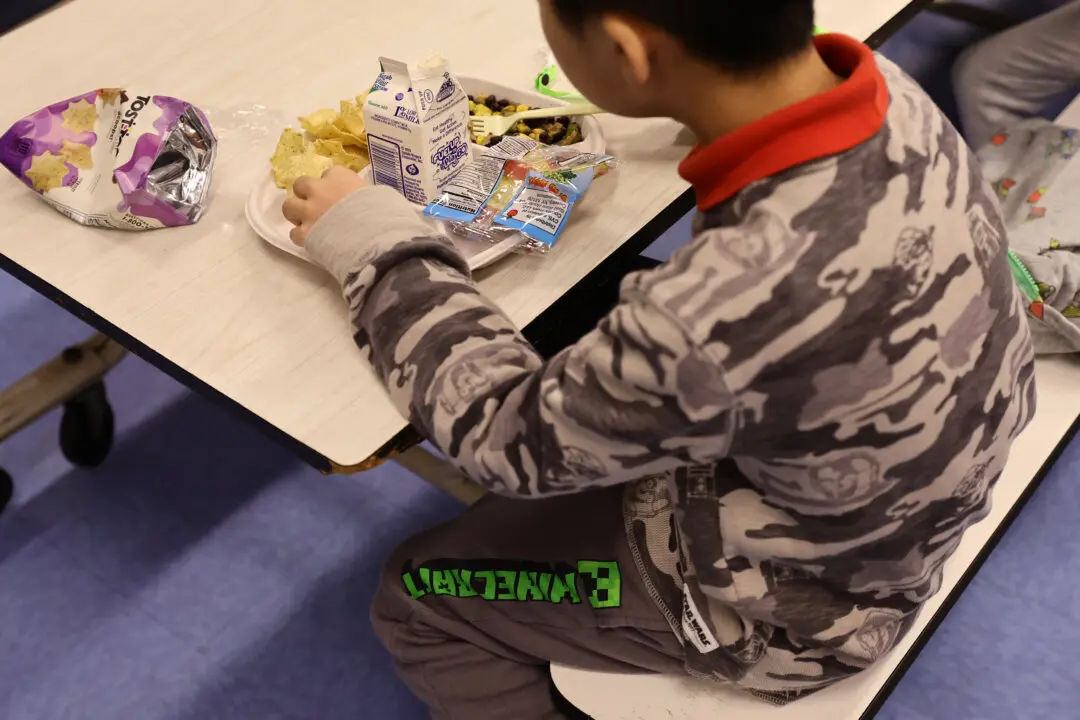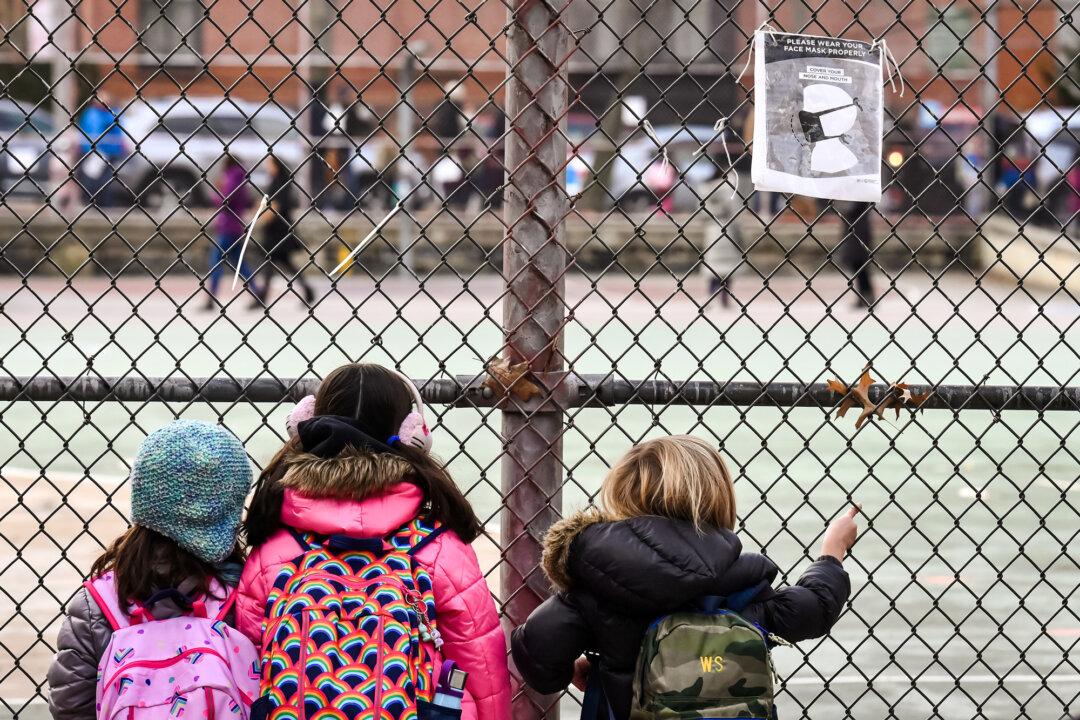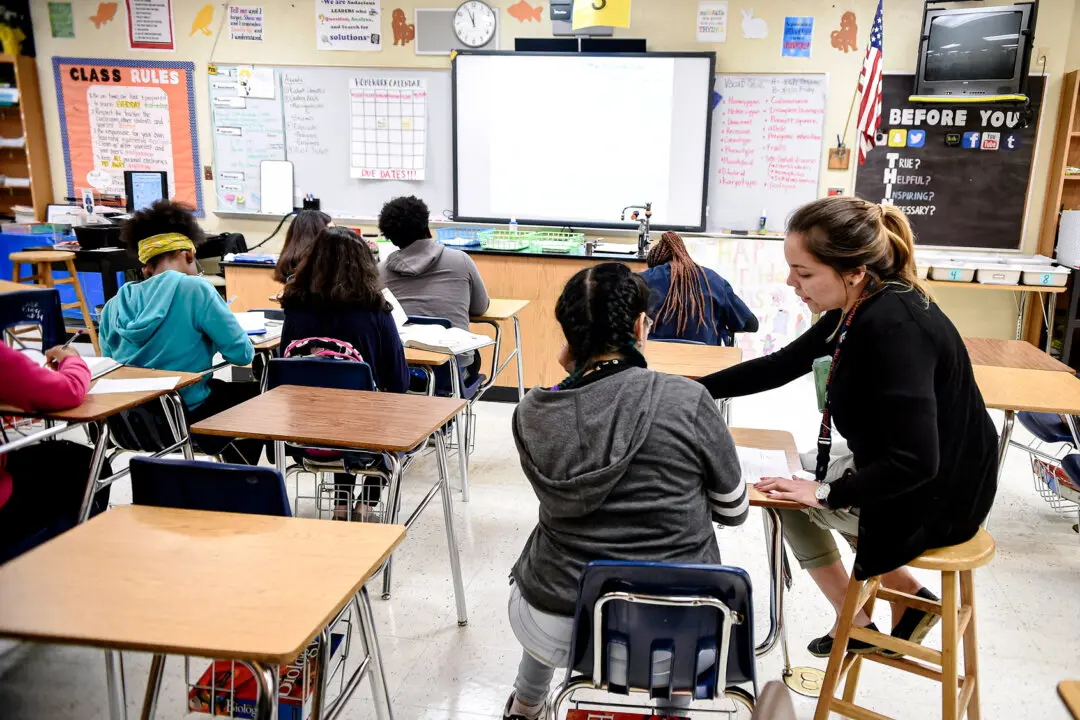During her 2024 State of the State address, New York Gov. Kathy Hochul trumpeted the idea of granting high school seniors in the top 10 percent of their class automatic admission to top State University of New York (SUNY) schools.
Weeks later, questions remain on how and when this initiative would be implemented, if it could include merit-based aid, and whether it is realistic, ethical, and legal.





